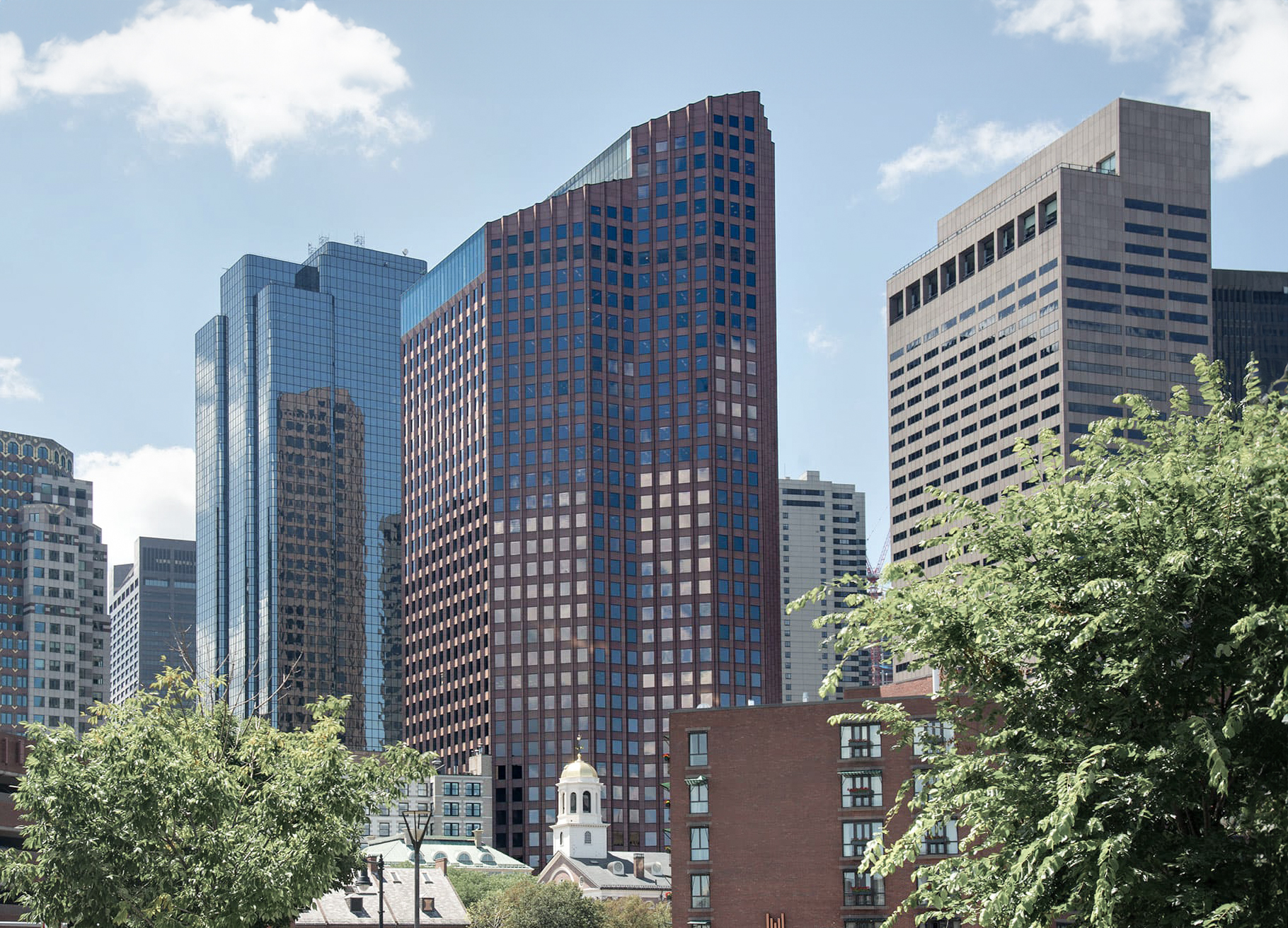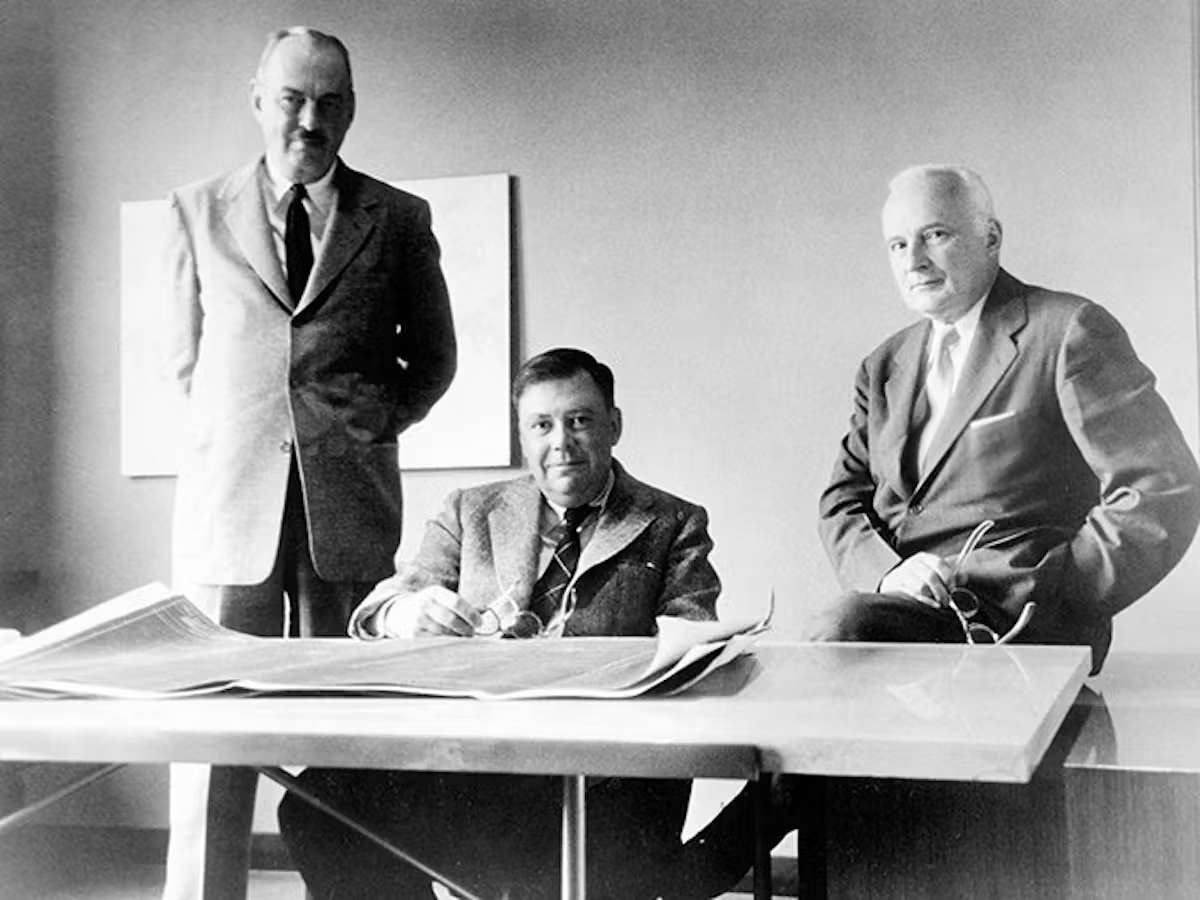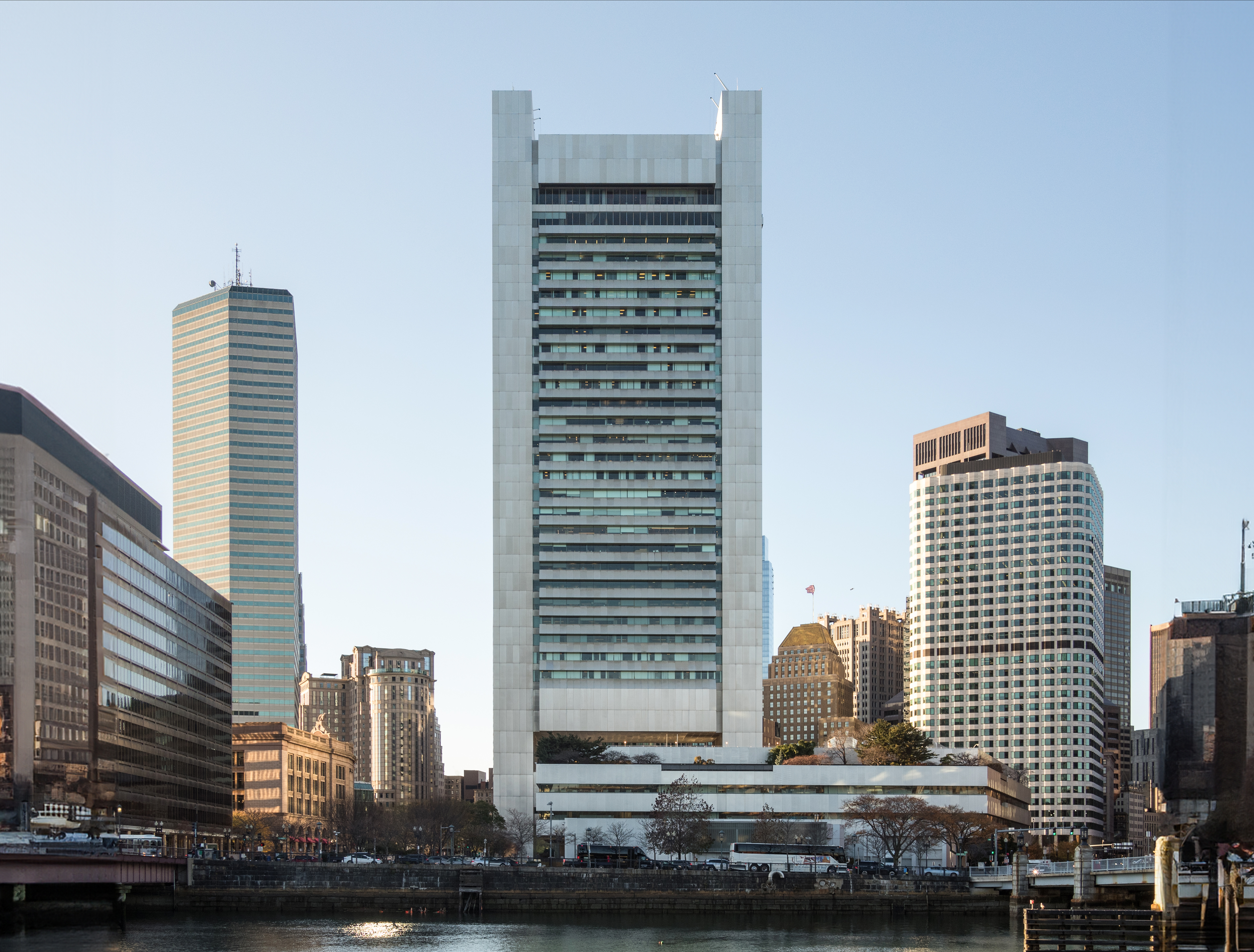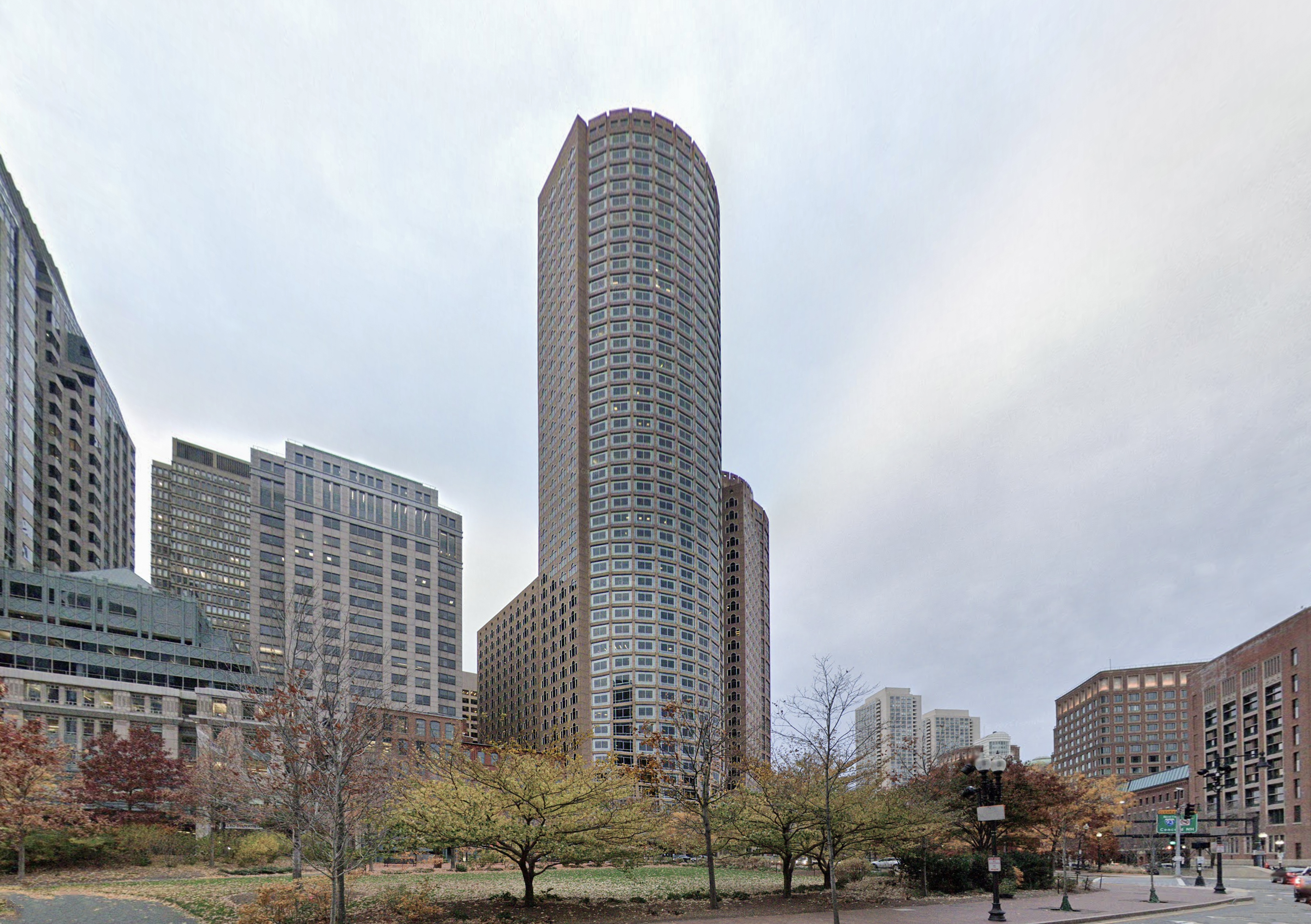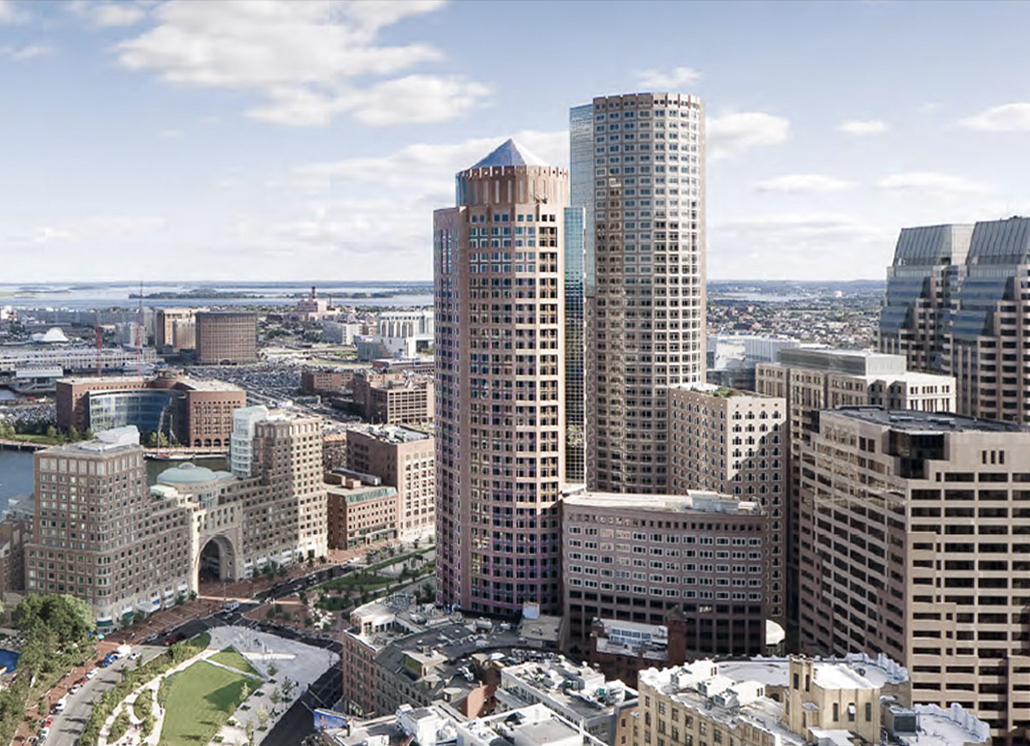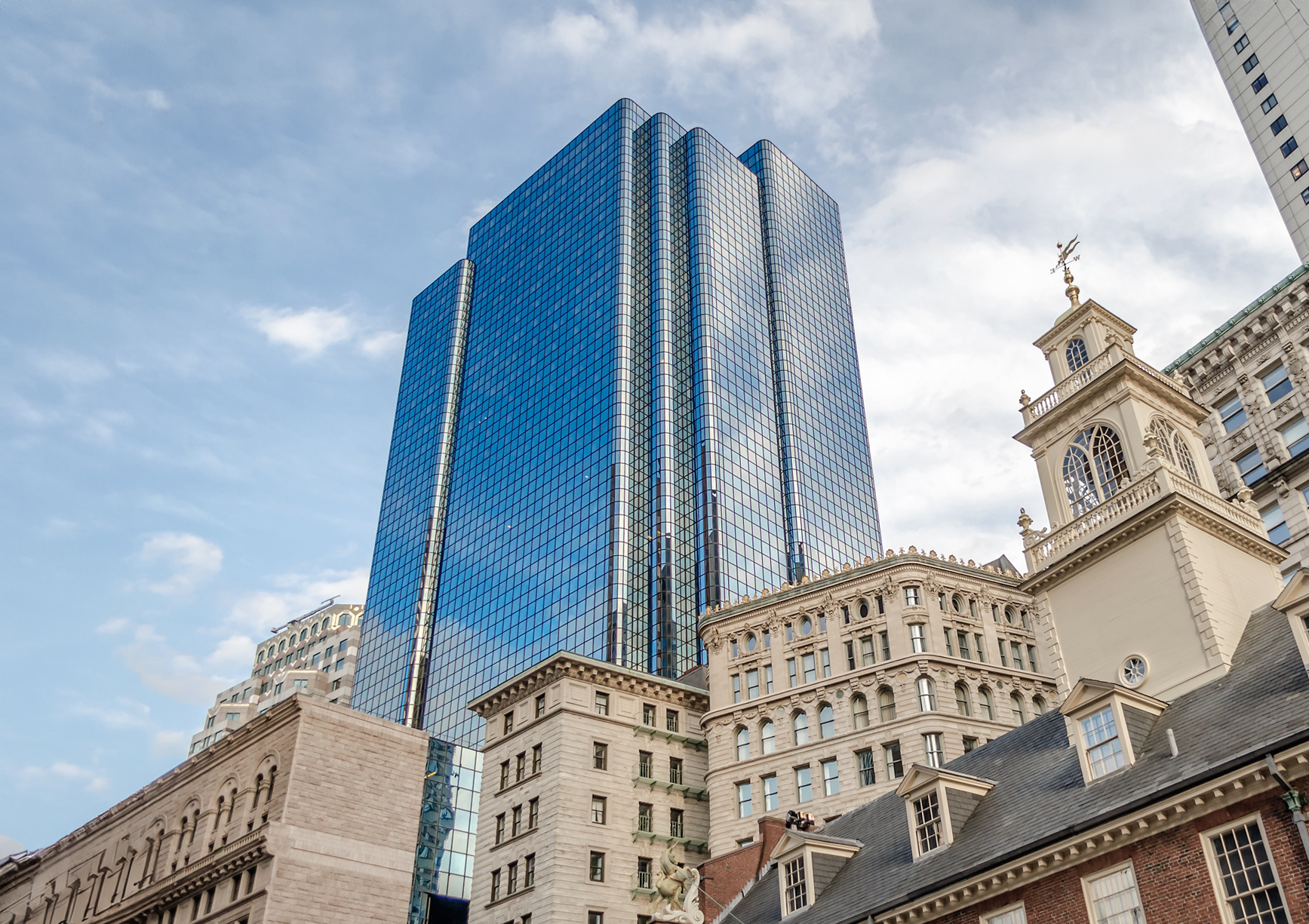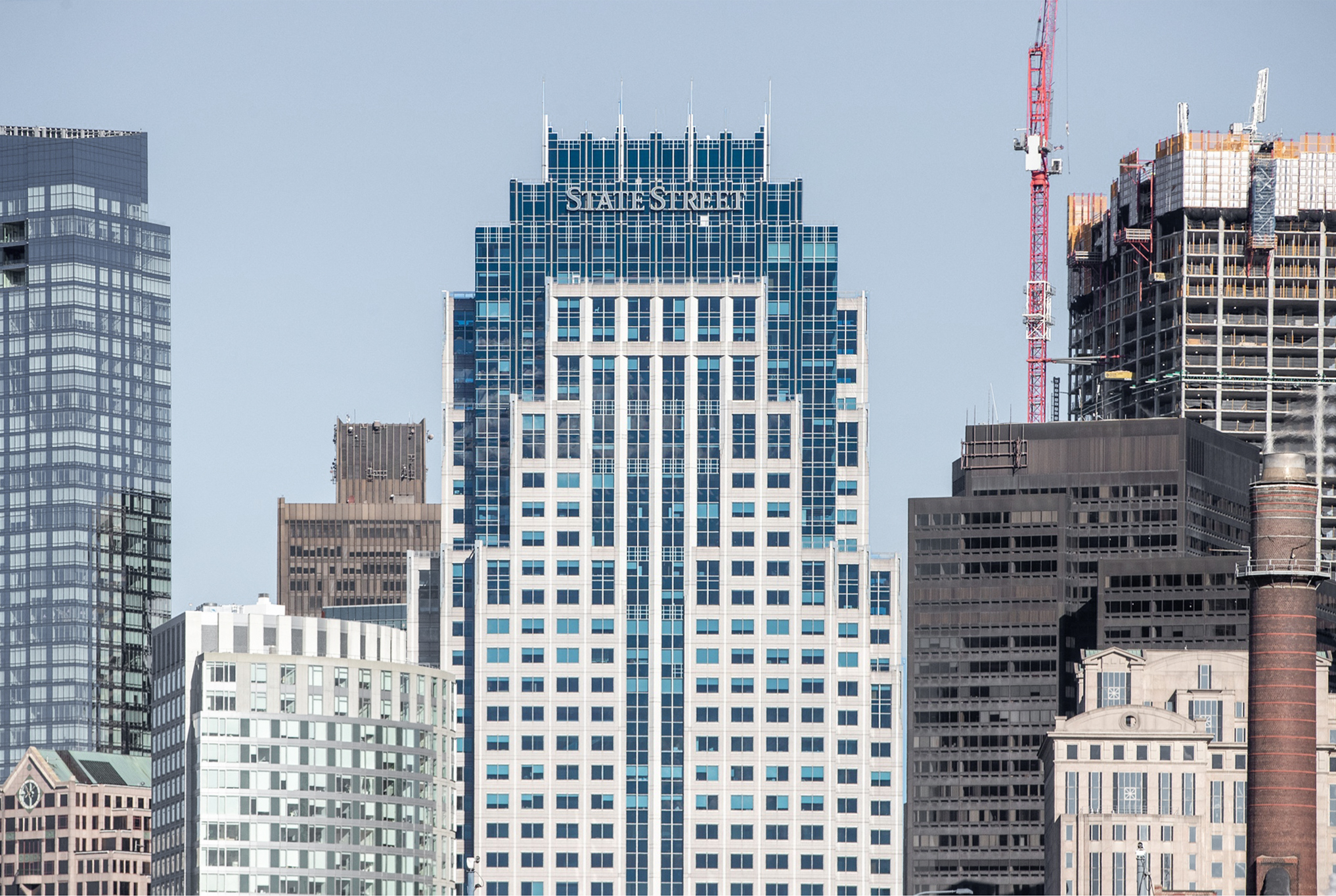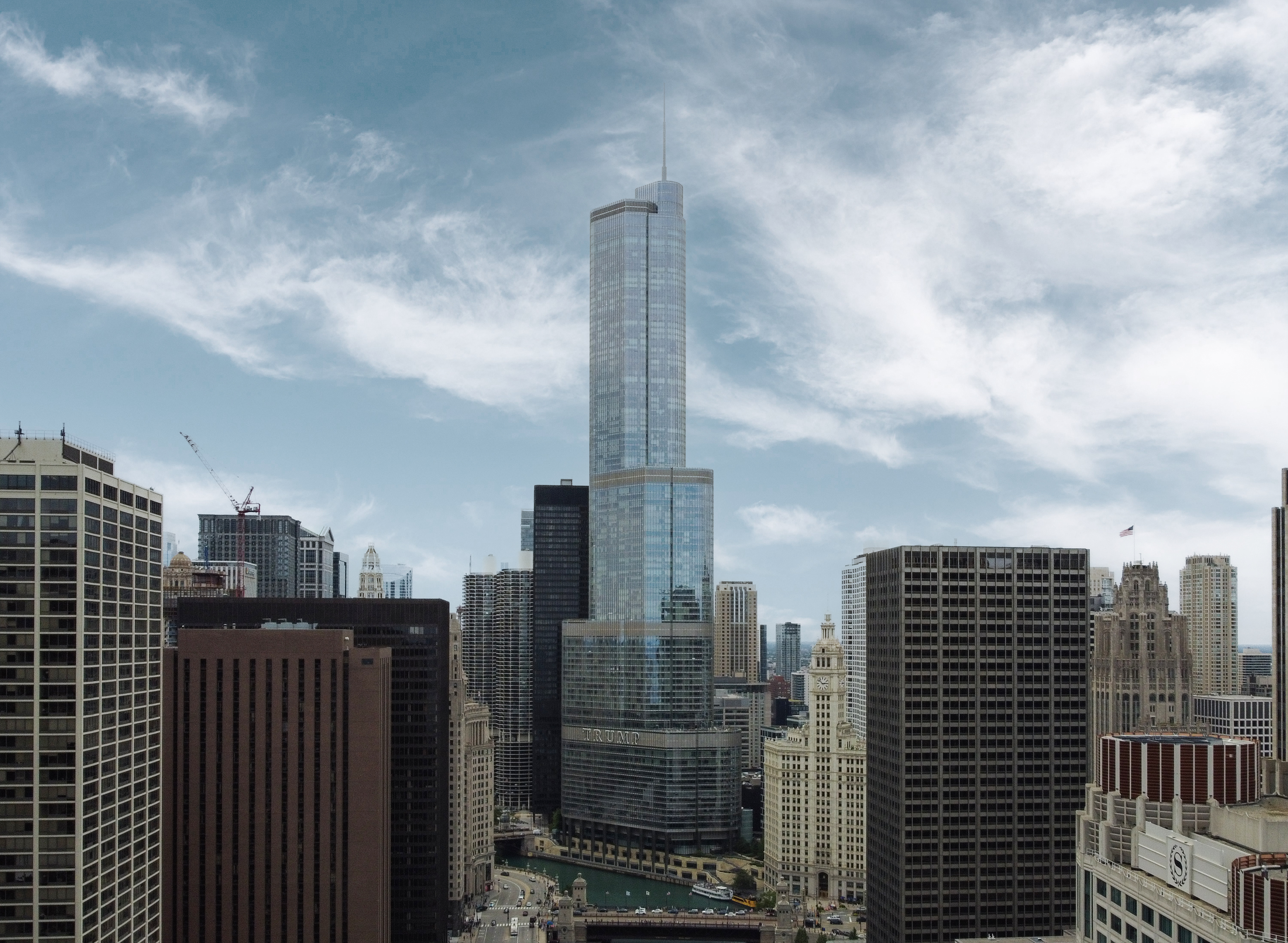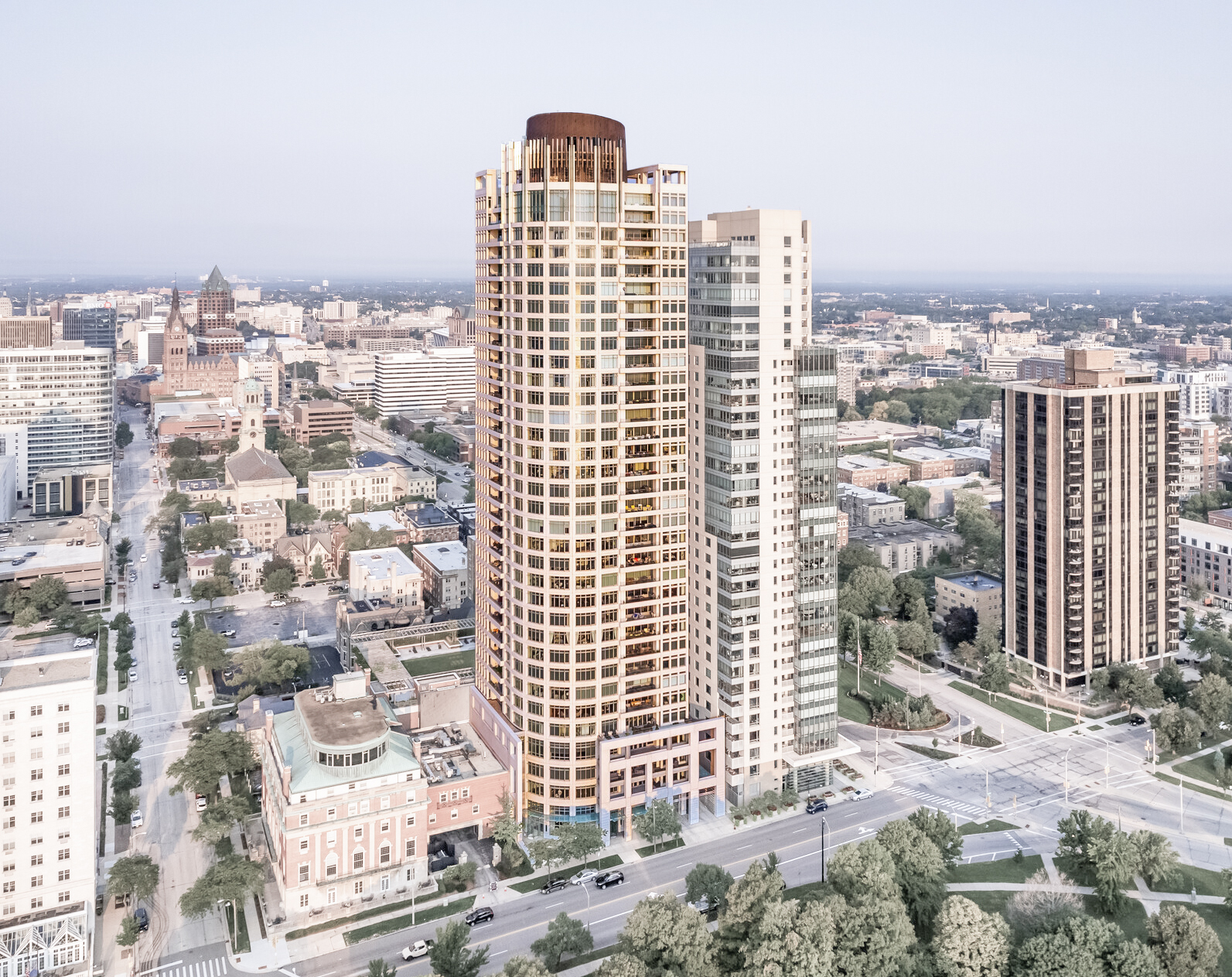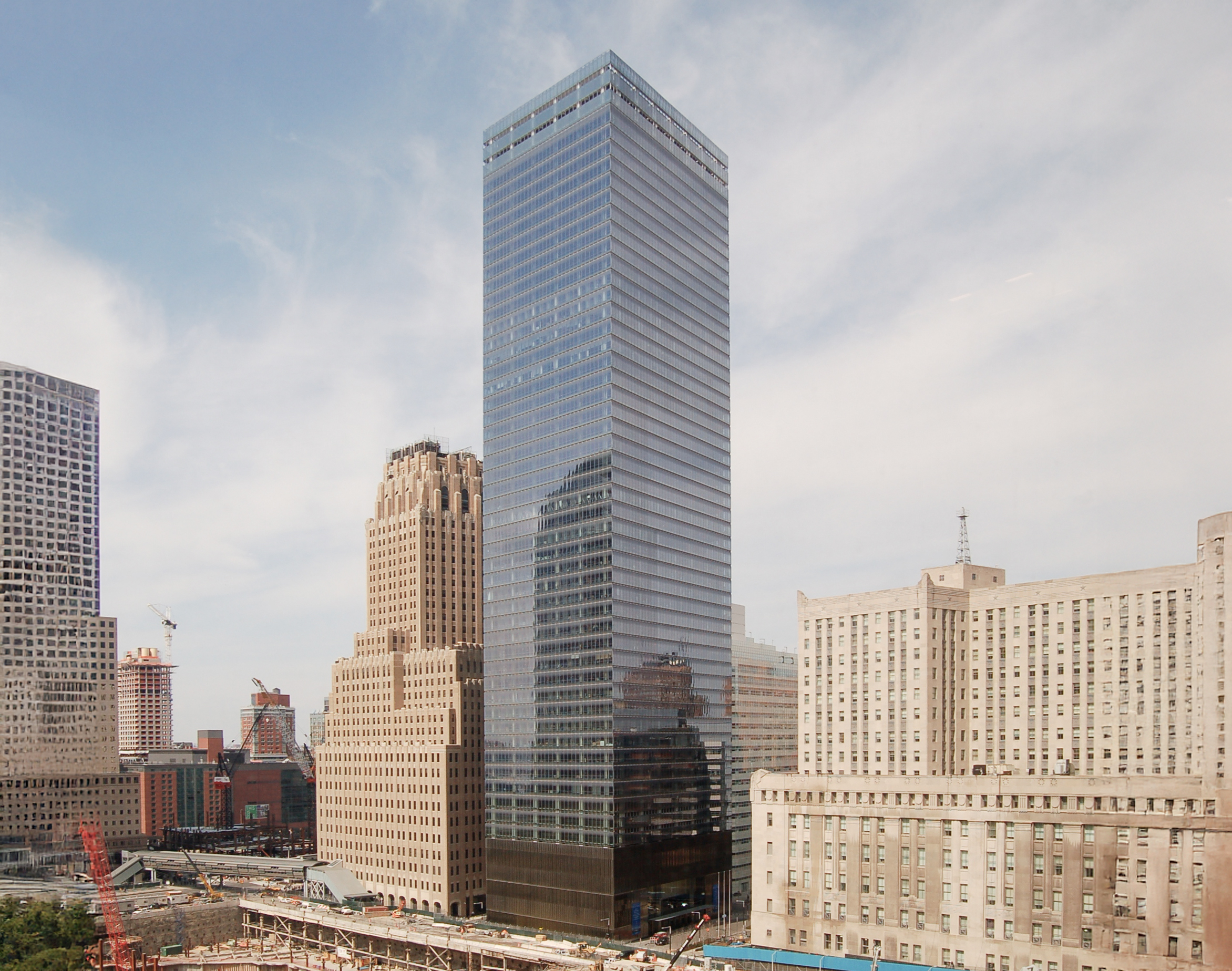The 60 State Street Building is a Postmodernist skyscraper designed by Skidmore, Owings & Merrill, and built between 1975 and 1977 in Boston, MA.
60 State Street Building is not the only name you might know this building by though. The building is, or has also been known as The Bay Tower.
Its precise street address is 60 State Street, Boston, MA. You can also find it on the map here.
